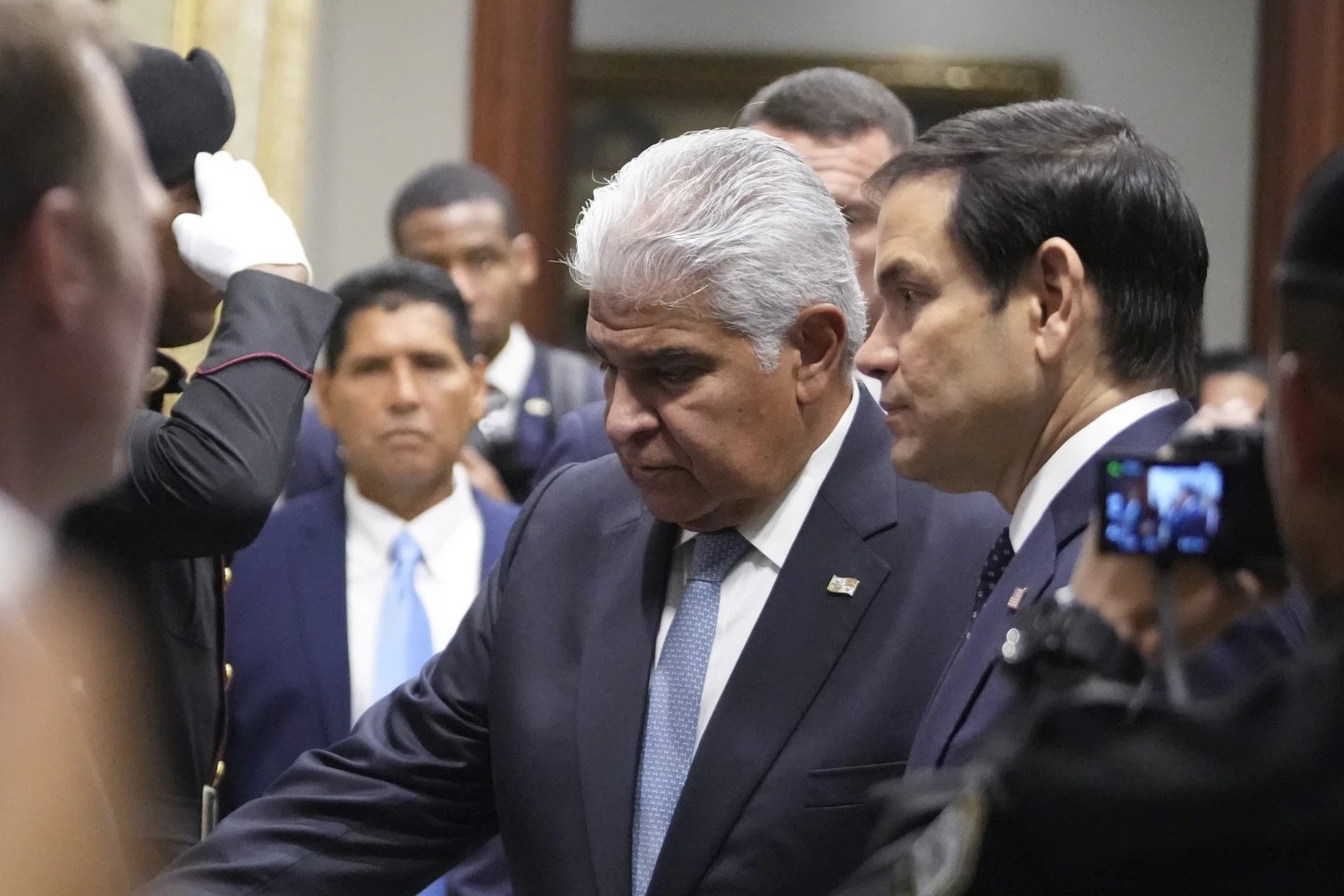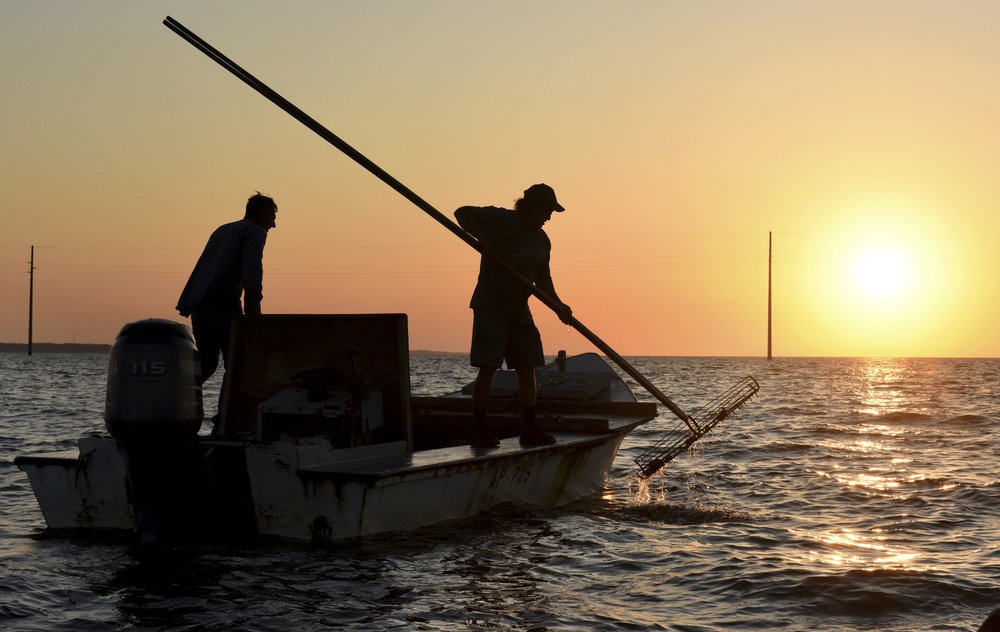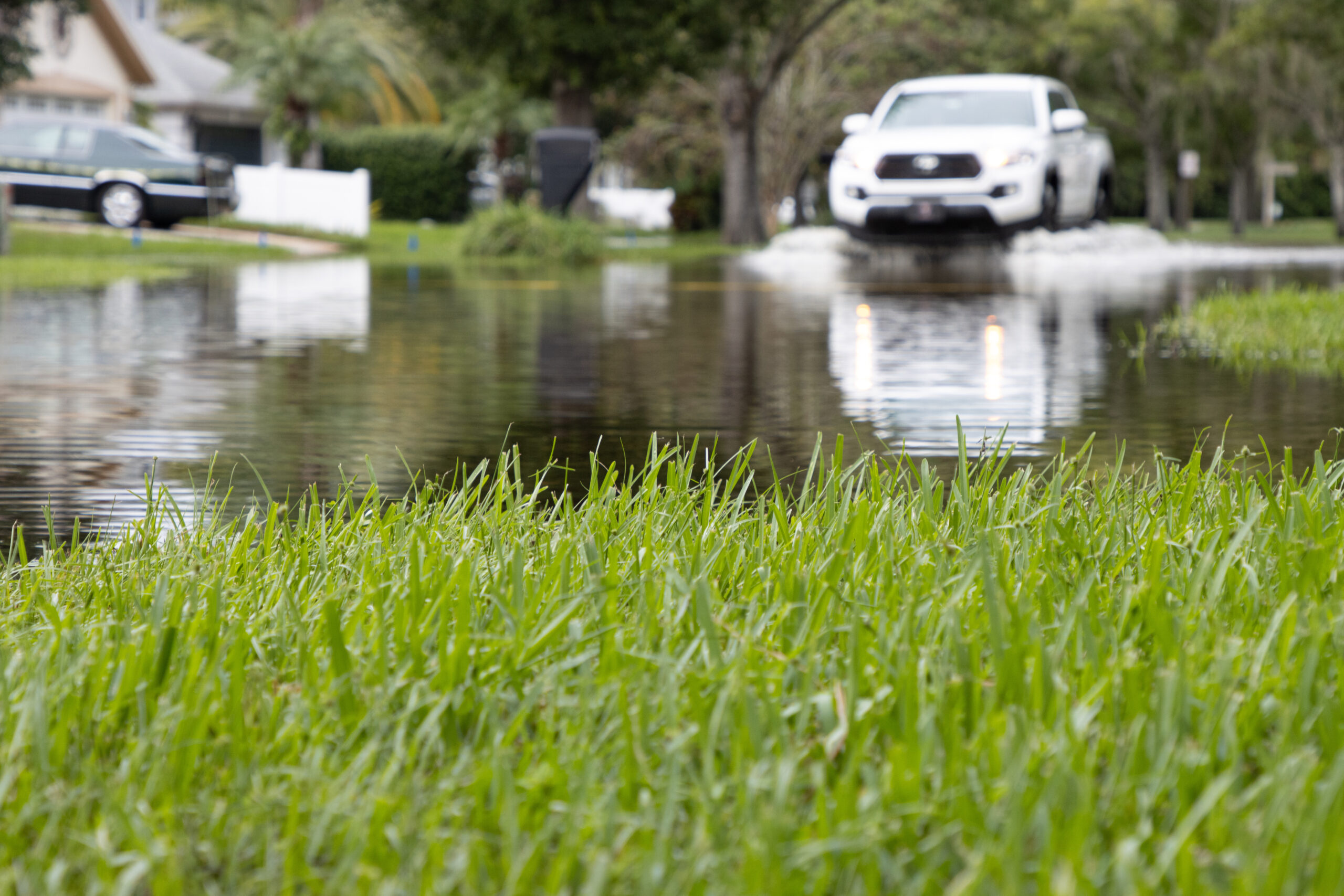Another ambitious set of environmental proposals are proposed in Gov. Ron DeSantis’ $115.6 billion “Focus on Fiscal Responsibility” budget.
While the aggregate trims roughly $3 billion from the current fiscal year budget, as pandemic stimulus cash dries up from D.C., the seventh DeSantis budget continues to show his attempts to fulfill various promises he made in 2018 and beyond to put the ecosystem first and be a “Teddy Roosevelt Republican” even as this $3,188,225,446 proposal comes in $325,003,812 lighter than the current year’s budget.
Part of the reason for the conceptual haircut, compared to the budget currently enacted, could be that much has been done already.
DeSantis noted last month, when teasing these proposals, that $3.3 billion in projects were done in his first term, and that his administration “doubled down” on that.
“Governor DeSantis reinforced his commitment to prioritizing Florida’s waterways in his second term by calling for an historic $3.5 billion investment for Everglades restoration and protection of our water resources. The Governor’s Budget includes more than $1.5 billion for this initiative, bringing the total investment during the Governor’s three years of the second term to $4.8 billion, already exceeding the $3.5 billion goal,” the Governor’s Office notes in the memo accompanying its proposals.
Unsurprisingly, the biggest tranche of funds ($613 million) is proposed for the Comprehensive Everglades Restoration Plan (CERP). Another $78 million could be spent, pending legislative approval, on the Northern Everglades and Estuaries Protection Program, designed to improve water quality.
Additionally, $64 billion is contemplated for the Everglades Agricultural Area (EAA) Reservoir, in a continued effort to move water to the central Everglades and Everglades National Park (ENP).
And $50 million is proposed for “specific project components designed to achieve the greatest
reductions in harmful discharges to the Caloosahatchee and St. Lucie Estuaries as identified in the Comprehensive Everglades Restoration Plan Lake Okeechobee Watershed Restoration Project Draft Integrated Project Implementation Report and Environmental Impact Statement dated August 2020.”
In a smaller spend, $3 million is proposed to wipe out invasive Burmese pythons in the Everglades.
Water quality writ large makes up $550 million of this proposal, with half of that for the Water Quality Improvement Grant Program, which includes ongoing septic to sewer conversions and Stormwater management, as well as nutrient reduction.
Speaking of nutrient mitigation, $50 million is contemplated to reduce Total Maximum Daily Loads. And another $50 million is seen as the right number for ongoing springs restoration, with $69 million slotted to state parks.
The Governor wants to spend $100 million on the Indian River Lagoon Protection Program, $80 million on the Lower Kissimmee Basin Stormwater Treatment Area project, $25 million for water quality improvements in the Caloosahatchee River watershed, and $20 million for water quality and coral reef restoration in Biscayne Bay.
In light of all this, the South Florida Water Management District is set to be a big winner, with another year of $150 million contemplated as its allocation.
The Florida Forever Program, meanwhile, looks to get the lion’s share ($100 million) of the $132 million designated to “protect Florida’s conservation lands and waterways to ensure Florida’s prized properties are accessible for future generations of Florida families.” That same number is slotted in the proposal for the Rural and Family Lands Protection Program, money intended to boost farming.
While the Governor doesn’t believe in global warming or climate change, he does think hurricanes are inevitable, and wants $261 million for local infrastructure and $100 million for beach renourishment.
Other potential budgetary winners include the oyster industry, with $30 million considered for reef restoration in Apalachicola Bay, and $20 million for citrus, with “$7 million for research and additional advertising by the Department of Citrus including research to help increase the production of trees and advance technologies that produce a resistance to citrus greening.” Wildfire mitigation could also get $49 million if this proposal is enacted as is, with $4 million for new trees and the remainder.
Finally, $206 million is contemplated to clean up contamination, with $196 million for petroleum tanks cleanup, $7 million for dry cleaning solvent, and $4 million for hazardous waste sites.
Post Views: 0

 Entertainment8 years ago
Entertainment8 years ago
 Entertainment8 years ago
Entertainment8 years ago
 Politics8 years ago
Politics8 years ago
 Tech8 years ago
Tech8 years ago
 Tech8 years ago
Tech8 years ago
 Tech8 years ago
Tech8 years ago
 Politics8 years ago
Politics8 years ago
 Tech8 years ago
Tech8 years ago










